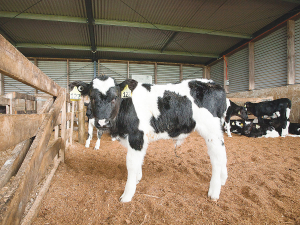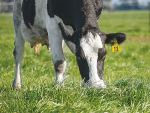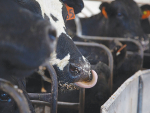Firstly, in dairy cows, 80% of financial losses due to disease are incurred in the first month following calving.
Unfortunately, in addition to disease further losses are common through involuntary culling and cow deaths and shown by researchers to be as high as 4% in the 2 weeks post calving.
Heifers representing the herds best genetics make up a big proportion of these losses. Information sourced from the NZ dairy industry (2003) showed 1 in 5 maiden heifers entering the milking herd in their first season were absent by their second lactation.
This loss of heifers from the herd prior to making the second lactation is financially devastating as economics show that unless heifers complete a second lactation they have failed to cover their own cost of rearing.
Both personal experience and information from industry highlight two of the major issues regularly causing big problems are;
Clinical and Subclinical Milk Fever - failure to meet the cow’s requirement for calcium through the transition leading to low serum calcium
Clinical and Subclinical Ketosis - failure to lessen the impact of fat mobilisation on liver function post calving leading to high serum ketones
These metabolic diseases as I have mentioned in previous posts are considered ‘gateway diseases’ (especially Milk Fever) and set the stage for many downstream issues such as:
• Lowered Dry Matter Intake
• Increased chance of Displaced Abomasum
• Increased risk, duration and severity of mastitis
• Lowered Neutrophil function (leading to greater susceptibility to infection)
• Increased chance of being Anoestrus at the start of mating
• Increased chance of Metritis
So based on all of above, it is pretty important to ensure your bases are covered providing you the best chance to optimise animal health and minimise disease in your herd.
One way of ensuring the herd is firing on all cylinders is to perform an early lactation ‘Metabolic check’ on cows where up to 10 cows 4 – 5 days into lactation can be tested for BOH (Ketones) and Serum Calcium. If abnormal, appropriate management ‘tweaks’ can be made to rectify the situation.
If in doubt, it pays to check it out! There is a lot at stake.
Talk to your Veterinarian to determine if you would benefit from such tests.
• Greg Jarratt is a vet and director of Matamata Veterinary Services
This article was bought to you by J Swap Stockfoods.











